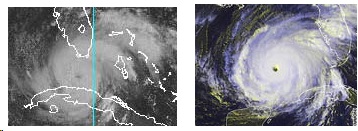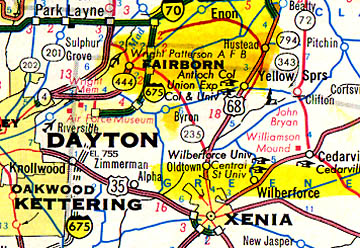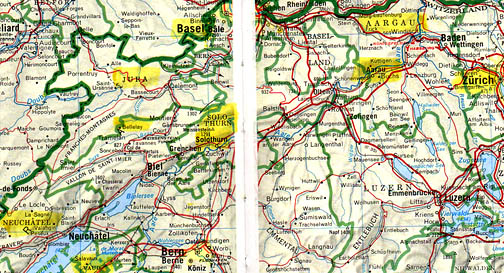Click here to subscribe and get instant access to read this report.
Click here to check your existing subscription status.
Existing members, login below:


September 23, 2005 Miami, Florida – The United States mainland has never been hit by both Category 4 and Category 5 hurricanes in the same season. But 2005 looked like it might happen after catastrophic Katrina hit the Gulf Coast as a Cat 4 on August 29, and was followed three weeks later by the ferocious Cat 5 Rita aimed at Texas with 170 mph sustained winds. By Thursday evening, September 22, Rita’s winds had slowed to 145 mph as a still-dangerous Category 4 headed north toward Port Arthur, Texas.Click for report.


September 21, 2005 Fairborn, Ohio – On Monday night September 19, 2005, around 10:30 p.m. in Ohio, Michael Johnson and his wife heard a surprising and unexpected deep rumble of thunder. Both are radio ham operators and members of the Dayton Sky Warn group which watches the sky for unusual weather and sends out alerts. No thunderstorm was expected as far as they knew. But Mike grabbed his digital camera as he usually does in storms to photograph unusual lightning or other notable storm features.Click for report.
“Ten cats have been chopped in half or into three pieces and posed in the front yards of neighbors in this area since July.”
– Brenda Carey, Bureau of Humane Law Enforcement , Los Angeles

September 14, 2005 Solothurn (Soleure), Switzerland – Beginning in late May 2005, police in northwest Switzerland in a triangular region located between Basel (Basle), Solothurn (Soleure) and Aarau began receiving reports about cows, sheep, horses, cats and rabbits found dead with precise, surgical excisions of tissues, especially the sexual organs. Between August 8 and August 26, 2005, as the number of dead animals climbed to at least 47, there were half a dozen newspaper articles about the disturbing mutilations. Earthfiles viewer, Jeanne Guillou of Paris, France, saw Swiss television and newspaper reports about the dead animals and translated several articles for this Earthfiles report.Click for report.